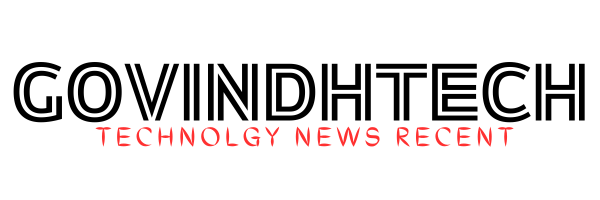What is Classical computing?
Classical computing is a traditional computing method that uses bits to store information, with each bit represented by a 0 (off) or a 1 (on). It’s also known as binary computing.
Principles of Classical Computing
Information in binary computing is bits. 0 and 1 indicate off and on states, respectively. Classical circuits use logic gates to manipulate binary states.
Binary System
Classical computing‘s binary number system simplifies data and command representation. Computers process, store, and transmit data effectively in binary.
Logic Gates
Logic gates perform AND, OR, and NOT. Complex actions performed by these gates allow the computer to process data according to pre-defined algorithms.
Von Neumann Architecture
Most classical computers use the Von Neumann architecture:
- CPU: Processes data and executes instructions.
- Memory: Holds data and instructions.
- I/O Devices: Enable computer-user interaction.
- The bus system transfers data between components.
History of Classic Computing
Classical computing has a fascinating history with milestones:
Era of Mechanical Computing
Analytical Engine, created by Charles Babbage in the early 19th century, calculates arithmetic. Though never completed, it set the framework for subsequent advances.
Electromechanical and Vacuum Tube Era
The 20th century saw electromagnetically machines like the Zuse Z3 and vacuum tube computers like ENIAC. The machines were heavy, expensive, and energy-intensive.
Revolution Transistor
In 1947, the transistor replaced vacuum tubes, making computers smaller, faster, and more reliable.
Integrated Circuits (ICs)
In the 1960s, integrated circuits allowed many transistors on a chip, enabling microprocessors.
Modern Age
Powerful mainframes, desktop computers, and mobile gadgets have been developed with to semiconductor technology.
Components of Classic Computing
Traditional computers include multiple interdependent parts:
Hardware
Hardware includes computer parts like:
- CPU/GPU processor: Follows directions and calculates
- RAM and storage: Allow short- and long-term storage.
- Motherboard: Links everything.
- Keyboards, mice, monitors, and printers are peripherals.
Software
The programs and operating systems that control hardware are called software. Microsoft Windows, Linux, and word processors and browsers are examples.
Internet Systems
Networks allow classical computer systems to communicate and share resources. Classical computer systems are networked like the Internet.
Applications of Classic Computing
Classical computers are everywhere, supporting many sectors.
Business and Finance
- Automated systems handle payroll, finances, and inventory.
- Financial Modelling: Simulations improve risk assessment and investment strategies.
Scientific Research
- Climate science and physics simulations use classical computers.
- Large datasets are analyzed using machine learning methods.
Healthcare
- MRI and CT scan data are processed by classical computers.
- Record Management: EHRs simplify patient data.
Entertainment
- Graphics and gaming engines use traditional structures.
- Video editing, animation, and music production use classical computers.
Education
- E-Learning: Khan Academy and Coursera distribute content using classical computers.
- Digital libraries and databases are academic research tools.
Issues and Limitations
Although dominant, classical computing faces numerous challenges:
Physical Limits
The size restriction of transistors, the building elements of classical CPUs, is making it harder to maintain Moore’s Law, which promises a doubling of transistors on a device every two years.
Energy Consumption
Energy usage rises with processing capacity, posing sustainability problems.
Scalability
Simulating quantum systems or addressing optimization problems requires exponential scaling, which classical systems struggle with.
Cybersecurity
Classical systems are subject to viruses, phishing, and hacking.
Future of Classic Computing
Quantum computing is getting a lot of attention, but traditional computing will remain important. Among innovations:
Improvements in Architecture
- Parallel processing improves with more cores.
- GPUs: Speed up AI and data visualization.
Edge Computing
For IoT devices, edge computing reduces latency and bandwidth by computing near the data source.
Hybrid Systems
Quantum computers can perform sophisticated computations while traditional computers perform routine chores.
Artificial Intelligence
Classical computers power AI advances in natural language processing, picture recognition, and predictive analytics.
Conclusion
Classical computing revolutionized current technology in several fields. Classical physics and binary logic underpinned its development, from vacuum tubes to modern microprocessors. Despite physical restrictions and cyber security dangers, its versatility and continual progress keep it relevant alongside quantum computing. Classical computing remains a cornerstone of human invention in the digital age, highlighting its importance in molding technology.


